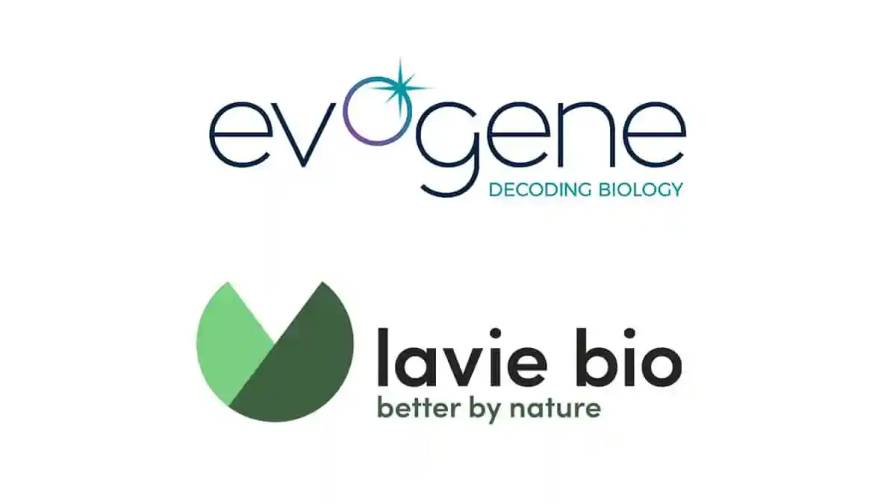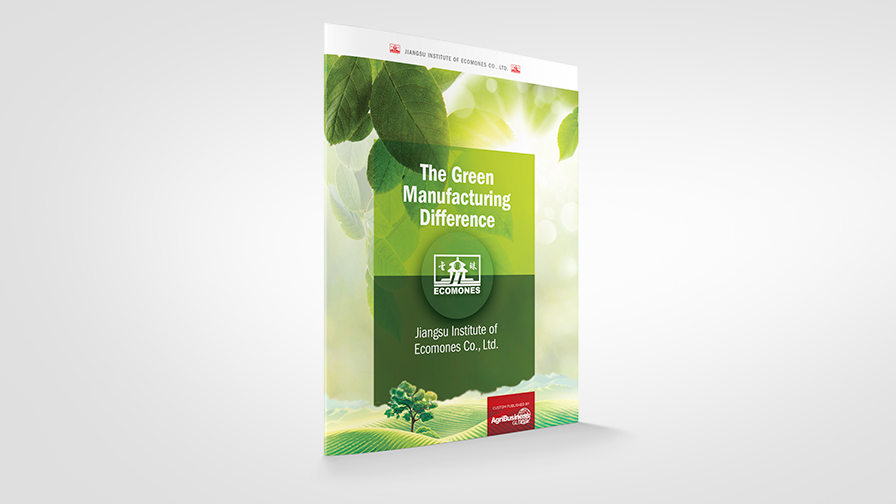Delivering an EU Strategic Agenda That Places Food Security and Sustainability at the Forefront
Editor’s note: Paolo Marchesini is General Manager of the European Crop Care Association (ECCA) — the pan-European voice of the post-patent plant protection industry. Below he shares his take on food security and the green transition ahead of the EU Strategic Agenda 2024-2029 release.
In recent weeks, reports have circled regarding Brussels’s plans for a radical priority shift in the new bloc-wide Strategic Agenda for 2024-2029, moving away from “sustainable agriculture” in favor of placing food security at the forefront of the EU’s agricultural policy.
Speaking on behalf of the European post-patent plant protection industry, I welcome the recognition of the importance of food security as a key pillar for boosting Europe’s prosperity and competitiveness. But with one caveat.
Mindful of the multifaceted challenges that Europe faces today, the green transition will need to play an important role in delivering a competitive agricultural landscape and ensuring cheaper food products across the continent. Both sustainability and food security can thus have a place in the EU’s policy vision for the foreseeable future.
One way to ensure their compatibility is through a holistic and pragmatic approach to agriculture. Pursuing an approach predicated solely on political decisions – whereby some solutions and products are a priori “good” or “bad”, lacking a scientific basis, impact assessment and economic and social analysis – is extremely short-sighted and reactionary.
Proven for efficacy and safety of use, post-patent plant protection products (PPP) are an indispensable asset – part of a pragmatic solution. Most importantly, they play a largely undervalued role in aiding farmers’ green transition in today’s and tomorrow’s challenging environment.
Amid recent drops in new EU-registered substances and the increase in the number of products not reauthorized by the EU, post-patent PPPs are now more important than ever for farmers’ crop protection needs. Indeed, these products provide proven high efficacy and are affordable options for farmers – two particularly important areas for EU policymakers to consider when devising agricultural strategies predicated on food security.
Whether on a beach in Sicily or in a crop field in Caen, the impact of climate change is unavoidable. For farmers, changing climate conditions means the emergence of new pests, the need to seek alternatives to traditional crops, and new farming conditions. Here, post-patent PPPs play a central role in assisting farmers in managing these increasingly visible climate challenges.
A great – and at the same time, increasingly worrying example – is the increase in new pests as a result of more tropical weather conditions. While the “rooting” of a new pest in a region can be fast (less than 10 years), getting new crop protection products developed and registered is a much longer process (10-15 years). Having products already available and effective on the market, with just the requirement of label extension, provides farmers with immediate solutions to control the spreading of the pest and its damages.
The recognition of the need to further assist farmers in the green transition is especially welcomed when looking at the current regulatory framework on post-patent PPPs that is blocking opportunities for millions of European farmers.
For instance, due to the inconsistencies in the way EU regulations are implemented, the artificial extension of data protection of necessary studies for the renewal of authorization of a PPP can be delayed by over the legislatively prescribed 30 months.
Another regulatory gap is the underutilization of the mutual recognition mechanism for PPPs, a tool to secure farmers’ access to additional solutions to protect their crops in a timely manner. A lack of mutual trust among EU member states, coupled with the limited resources of national authorities, prevents the full exploitation of this regulatory instrument’s potential.
As voiced by many of my colleagues and the broader post-patent plant protection industry, political, and regulatory visibility of our industry in the new EU Strategic Agenda document would not only provide a concrete legislative direction – signaling the synergies between sustainability and food security – but would demonstrate that the European Green Deal can and must protect farmer’s interests.






